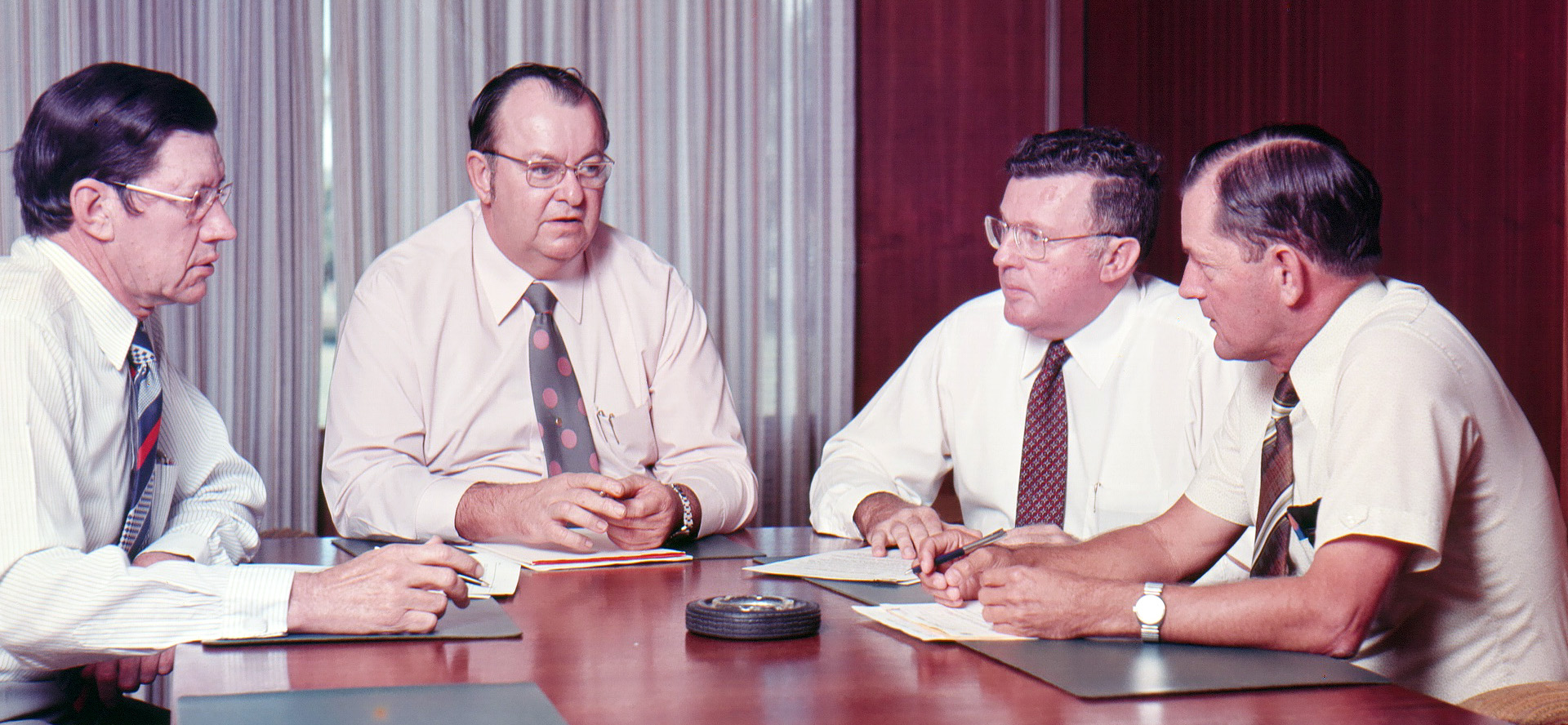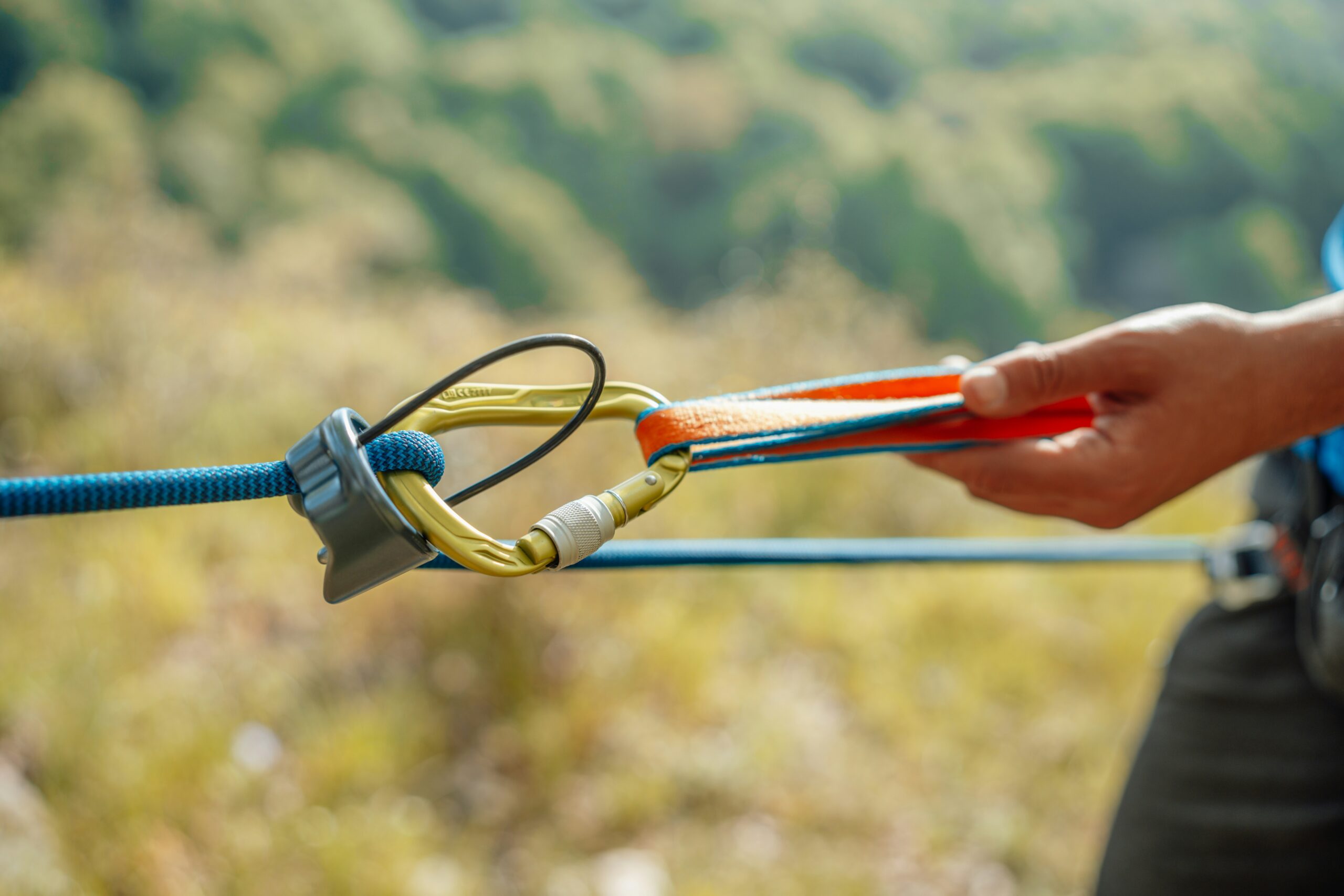Thanks to the Savidge Family on Flickr
I subscribe to a newsletter from http://sidebar.io/ and it is the cat’s pajamas. Every day I learn something new, find a new technique/tip, or read a fascinating article. That happened a couple of weeks ago when I read a post from Michael Owens called “Designing the Hiring Process.” It was a great article that highlighted the way some industry leaders hire for creative positions. You should read it. Then come back here to read these 10 tips that could help you get successfully through those hiring processes.
Some of my tips may be new and some may be industry standards — but who doesn’t like a reminder every once in a while? If you have these 10 bases covered, you’ll be set up for success. If you read the article I mentioned above, you probably had a few “holy shit, they do that?!” moments and, undoubtedly, you’ll have some surprises in the process of getting hired. If you’re as prepared as you can be and have the basics down, then the unexpected will be an opportunity not an obstacle.
1. Focus on the work
I start an evaluation at the portfolio, but then quickly make my way into the work samples pretty quickly because that’s really what I care about most. Putting a lot of time and effort into a portfolio site is definitely a bonus and an attention grabber, but the portfolio itself isn’t really a big decision factor for me personally.
There are two reasons for this. First, when you’re designing your portfolio, you are your own client (although also at times your worst enemy), so it doesn’t tell a prospective employer anything about your ability to react and respond to tough feedback. The feedback interpretation skill is one of the hardest to develop, yet most crucial to the success of any given designer.
Second, portfolio templates are frequently used in the design community. If the template you choose has a significant amount design to it, it can feel like a misrepresentation of your skills. It’s your portfolio site and it should always be a representation of your abilities. Services like Cargo, which showcase work more than a site aesthetic, are great for your creative portfolio when you may not have the front-end chops to create something that you’d feel proud of.
Pro tip: Tread carefully down the humor road when it comes to the content in your portfolio, as everyone has a different sense of humor. Remember, this is most likely your first impression and what will get your foot in the door. Small doses give a sense of your personality, while large doses may make you seem unpro.
2. Practice punctuality
Be 5–10 minutes early to your interview. Any later and you are pushing it; any earlier and you have the potential to psych yourself out, as well as be a bit of a burden to the undoubtedly busy person who is going to be interviewing you.
Pro tip: If you happen to be late for some reason, meet it head on. A simple acknowledgement goes a long way. If you’re too early, drive/bike/walk around a bit and listen to some Jock Jams.
3. Come prepared
If you are presenting traditional creative, bring your book. If you are presenting interactive, bring your own presentation device. Bringing your laptop, iPad, etc. shows preparedness, and also helps you control the environment. It helps to ensure that you’re as set up for success as you can be. If things don’t go quite as planned, be ready for it. Have a thumb drive ready to go or have a pdf posted on your website somewhere that you can access in case of emergency. If you have a phone that can tether wifi, plan for that.
Pro tip: Stay calm if things don’t go as planned. Keeping your cool under pressure is a really attractive quality in a designer.
4. Channel your inner Don Draper
The goal in any interview is to sell yourself. This may be an uncomfortable thing for you, but the reality is if you want the job you may have to get a bit uncomfortable. The good news is that you can sell yourself in a multitude of ways:
- Through how you talk about yourself and the work
- With the energy and passion you have for being a designer
- By talking about who you aspire to be as a designer
- Beg and plead
Pro tip: You may not hear this from everyone, but I don’t think you can ever be overdressed for an interview. You certainly can be underdressed, so skew towards the fancy when in doubt.
5. Don’t show work you hate
If you don’t like a work sample, it makes it hard to stay positive and that’s critical in an interview. Being negative about your own work is off-putting and honestly, your audience may have thought it was fantastic.
Pro tip: If you only have things to show that you hate, you may be doing it wrong. Otherwise, see #7 on this list.
6. Show your process
Being able to show how you got there is uber™ important because clients almost always expect to see and hear the rationale for the work we create on a daily basis. The days of going off in a solitary office for 6 months and coming out with some “ta-da” designs are over. Our clients expect a bit of collaboration and we need to embrace that as designers. That makes the rationale for the decisions made all the more important. A perspective employer may like to see:
- Moodboards
- Sketches
- UX artifacts (sitemap, wireframes, etc.)
- Style guides
- Anything else that would clue them in on how you got there
Pro tip: This is your opportunity to show your favorite work, along with your ability to address feedback in meaningful ways. Focus on the “evolution” of the design and the positive interactions you may have had with the client.
7. Be a critical thinker
As much as being a maker, we want to see that you can problem solve and work through real-life situations. To demonstrate this, find a site you’ve seen that you just can’t stand for some reason. Maybe it’s a poor experience because the navigation isn’t sound or the information hierarchy makes you struggle to find what you are looking for. REDESIGN IT! Make a full-on case study about it. If the thinking is solid and the resulting work is successful, you’ll have a real-world portfolio piece that means something.
Pro tip: Get social with your faux case studies through Dribbble, Twitter, Facebook, etc. You’ve taken the time to create the work and who knows, the subject may be thankful enough to recognize you for your efforts (more content for your case study). Don’t forget though that this is all about being positive and helpful. You won’t win anyone over by telling them why they suck.
8. Ask good questions
Asking any questions shows an employer that you’re prepared. Asking GOOD questions shows them that you are really interested in making sure that your prospective employer is a good fit for YOU. Know what’s important to you — workplace culture, collaboration opportunities, professional development — and ask about that.
Pro tip: Have questions prepared and written down somewhere accessible when prompted.
9. Accept gifts
Unless it’s something illegal, accept a gift that may be offered. It’s most likely not a test.
Pro tip: Bring a gift, but get creative with it. Maybe the gift starts in the form of your business card, but also doubles as an item that can be used on a desk (use your imagination here).
10. Follow up (leave urgency out of it)
Send a follow up. Let them know that you appreciated the opportunity, but more importantly, let them know that you want the job. A simple, quick note stating that fact really leaves a good taste in any interviewer’s mouth. What may leave a bad taste in said mouth is putting urgency behind your response around other opportunities you may have. A prospective employer may immediately feel like they are dealing with a time-sensitive infomercial and “need to act quickly to get a deal” before the clock runs out. They’re in an interview process and are most likely not going to drop everything and make a decision on your timeline. If you truly do have other opportunities, reach out in a more meaningful way. In an email, let them know that you are in a “transition” or the like and that you’d like to touch base on the phone or in person to discuss with someone from the interview team. You may get turned away, but heck, you’ve got another job all lined up!
Pro tip: Follow up via email within 24 hours or so, but an even more impressive things to do is to create something (you’re a designer after all) and send it along in the mail. It keeps you top-of-mind further down the hiring process road and shows passion for your craft.
Conclusion
Hopefully you’ve gotten to the bottom and found a nugget or two that you may not have thought of before. Remember, your goal in this dog-and-pony show process is to be memorable for the right reasons. If you have an appropriate portfolio, and go in with passion and positivity, you’ll leave as good of an impression as you can.




